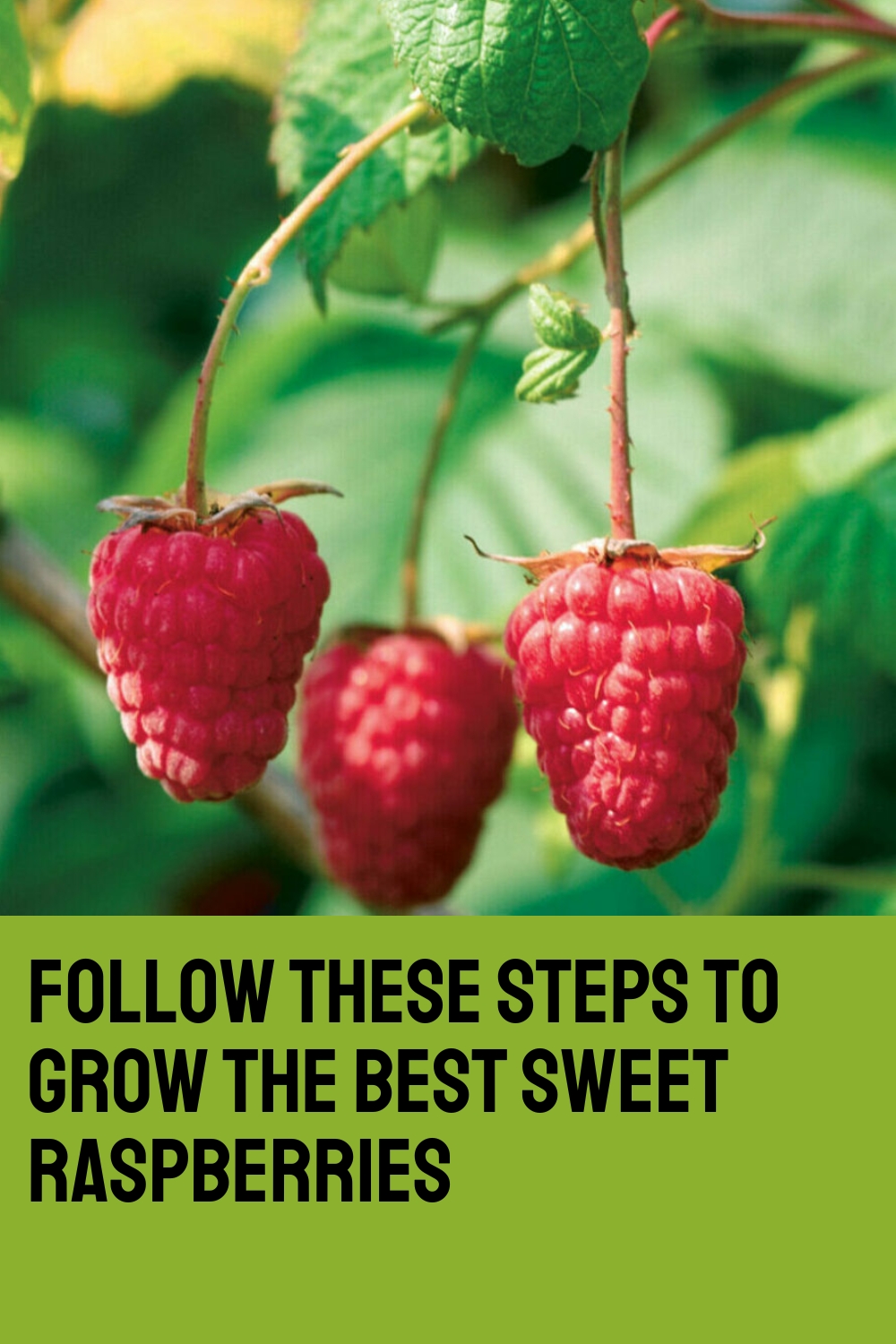One of my fondest childhood memories revolves around picking red raspberries from our family’s small patch during summer. The irresistible flavor and fragrance of these berries kept me wandering up and down the rows until I couldn’t eat another berry. Now, as an adult, raspberries hold a cherished place in my own garden. For a decade, I even cultivated raspberries commercially, supplying local restaurants with these delightful fruits.
In the wild, raspberries thrive at forest edges and clearings from Canada to the Appalachians. The red raspberries I grew up with are hybrids of native American species and larger-fruited European varieties. Growing these hybrids requires some care: starting with virus-free stock, planting in well-amended soil, providing trellises for support, and regular pruning. But the reward—whether topping a cake with dark red berries or spreading raspberry jam on toast—is always worth the effort.
Raspberry Basics:
- Soil Preparation: In fall, incorporate a 3-inch layer of compost into the soil.
- Planting: In spring, two weeks before the last frost, plant certified virus-free one-year-old bare-root plants. Space them 3 feet apart in rows.
- Trellising: Establish a permanent trellis system to support the canes.
- Pruning: Depending on the type—summer-bearing or everbearing—prune accordingly. Summer bearers are pruned once in early spring and after fruiting, while everbearers are cut to the ground in fall.
- Harvesting: Pick berries every day or two to encourage continuous fruiting.
Choosing the Right Variety:
Hybrid raspberries fall into two main groups:
- Summer-Bearing: These produce fruit in midsummer on last year’s canes (floricanes) and develop new canes (primocanes) that bear fruit the following year.
- Everbearing: These produce fruit on the tips of first-year growth, yielding smaller crops throughout the growing season, with a larger fall crop if pruned accordingly.
Everbearing raspberries, like ‘Heritage’, offer bursts of fruit from summer through fall. With proper pruning, they can focus on a single, abundant fall crop, often referred to as fall-bearing raspberries.

